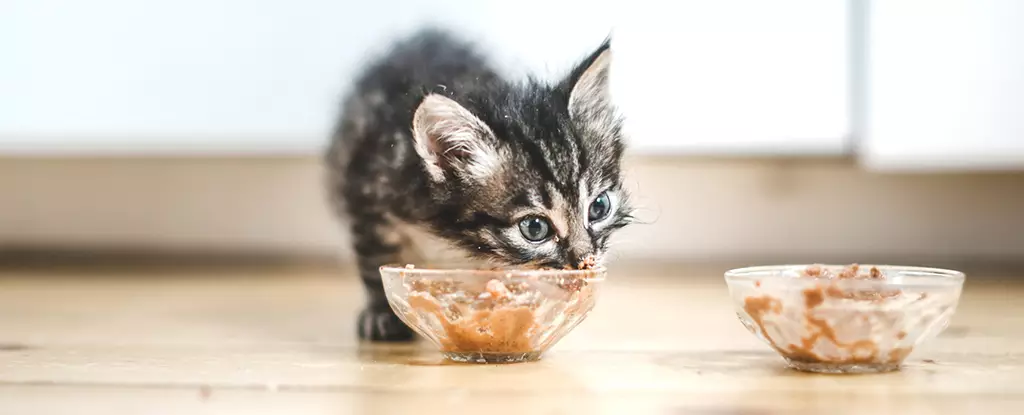The alarming rise of confirmed H5N1 cases among domestic cats in Los Angeles County raises not only concerns about the health of these beloved pets but also significant questions about the implications for public health and safety. Recent reports indicate that at least six cats lost their lives due to the bird flu, exacerbating fears of the virus’s reach beyond its usual avian hosts. In this article, we will dissect these incidents, understand the implications for pet owners, and explore preventive measures to safeguard both animal and human health.
The Timeline of Events
In the wake of these tragic occurrences, pet owners have become increasingly anxious. The unfortunate fate of a family of five indoor cats is particularly sobering. Initially, all five experienced sudden and severe health issues, with symptoms ranging from moderate to crippling. The culprits were identified as commercially available raw pet food brands, one of which was confirmed to harbor live H5N1 virus particles. Specific testing carried out by the Los Angeles County Department of Public Health (LACDPH) confirmed that Monarch Raw Pet Food was among the contaminated products, prompting urgent advisories for pet owners to dispose of any such food immediately.
Subsequently, additional instances surfaced involving single-cat households, with one cat also diagnosed with H5N1 after consuming raw pet food. These cases added layers to the already troubling narrative. The rapid onset of illness among these felines is a vital indicator of how swiftly and unpredictably the virus can act, further emphasizing the necessity of awareness and caution.
As health officials continue to track the outbreak, they are also noting that these incidents mark the first confirmed cases of H5N1 in cats in Los Angeles County. While cats are not typical hosts for avian influenza—there are no known transmissions between cats or from cats to humans—the situation is alarming nonetheless. The infection in a domestic setting highlights an alarming trend: the potential for H5N1 to spread beyond avian species into the wider ecosystem, including domestic animals like cats.
Compounding this issue, other animals, including dairy cattle globally, have begun to test positive for the H5N1 virus. This raises new concerns about the intersections between various species and the risks they might face. With the number of H5N1 cases among humans also climbing—66 individuals infected, resulting in one fatality—public health authorities are urged to remain vigilant.
The Importance of Preventive Practices
In light of these occurrences, it is vital for pet owners to be informed and proactive. The LACDPH has provided crucial guidelines to mitigate risks. First and foremost, owners are strongly advised to avoid feeding their pets raw meats, raw poultry, or raw dairy. While the trend for raw food diets among pets has garnered popularity, this recent outbreak serves as a stark reminder of the inherent risks involved, particularly in light of potential pathogen contamination.
Moreover, pet owners should stay informed about food recalls, particularly those associated with animal products. Government resources, such as the FDA’s Recalls, Market Withdrawals, & Safety Alerts website, serve as crucial tools for individuals looking to ensure their pets’ safety. Sharing information within pet-owner communities can be a helpful preventive measure as well.
Beyond preventive feeding practices, knowing the symptoms of H5N1 in pets is fundamental. Symptoms may include fever, lethargy, loss of appetite, and respiratory distress. Severe cases could present additional neurological signs such as impaired movement or even seizures. Owners must remain observant and vigilant, particularly if pets have access to raw food diets or encounter wild birds, which are natural carriers of the virus.
Taking the time to meticulously assess each pet’s health and potential exposure to contaminated food sources can save lives. Immediate veterinary attention is crucial at the first sign of illness to confirm possible causes and implement necessary interventions.
While current data suggests that the risk to the general public remains low, these incidents underscore the interconnectedness of health between species and the ongoing evolution of zoonotic diseases. As the H5N1 virus continues to demonstrate its capacity for cross-species infection, it compels pet owners, health authorities, and the broader community to be proactive in their vigilance. Through education, awareness, and preventive practices, we can collectively mitigate the risks posed by this emerging health crisis, ensuring the wellbeing of cats and humans alike.


Leave a Reply